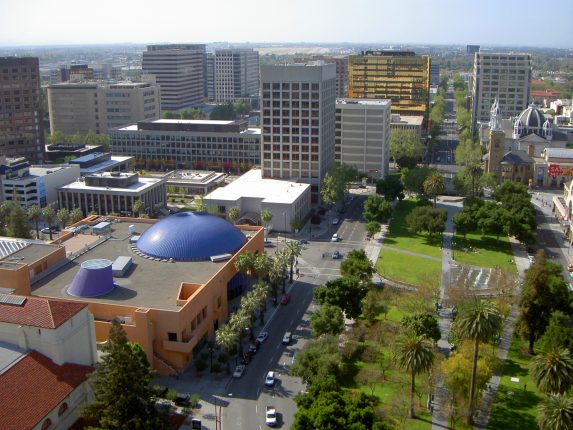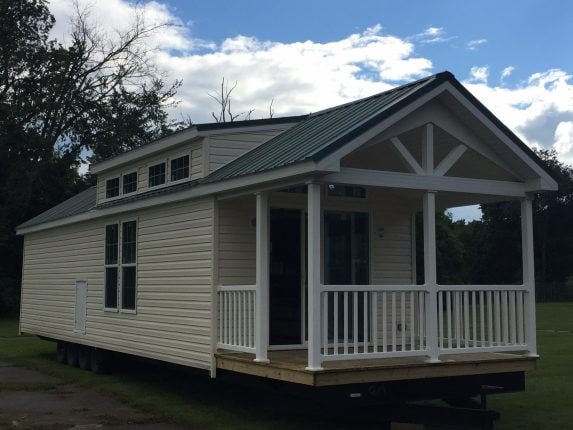
San Jose, California will become the first city in the state to create tiny homes for the homeless by bypassing the state’s building codes.
According to the Bay Area News Group, city housing officials and advocates for the homeless call the new legislation a “game-changer” in the fight to solve one of the Silicon Valley’s most intractable problems.
The law, authored by Assemblywoman Nora Campos, of San Jose as Assembly Bill 2176, was signed by California Governor Jerry Brown on Sept. 27 and goes into effect in January 2017. It is due to sunset in five years.

“It was huge for the governor to sign this because it’s outside-the-box and no one else has done it,” Campos said. “Other big cities like San Francisco and Los Angeles will be looking at what we do here. We had to do something because what we were doing wasn’t working.”
The law allows San Jose to temporarily suspend state building, safety and health codes for the purpose of building “unconventional” housing structures, including everything from wood-framed sheds to tiny homes.
The city will adopt its own regulations, the law says, based on some minimum standards, the Bay Area News Group reports.

The law requires the city to first declare a “shelter crisis” — which it did last December — and to use city-owned or city-leased land for the tiny homes.
The homes must be insulated, have weatherproof roofing, lighting and electrical outlets, according to the bill.
While its unclear how many of the homeless will benefit from the law, the response from them has been positive.
“Anything is better than life on the streets,” said San Jose resident Monica Fuentes. A former accountant, she ended up outdoors after a divorce and brain tumor — and now she moves from one downtown park to another, transporting her belongings in a small plastic cart.
“You can’t live your life out here without having your stuff stolen,” said Fuentes, 47, who has been homeless for three years.

“This law really is the first of its kind,” said Ray Bramson, San Jose’s homeless response manager. Bramson also said that the homes are a “temporary stopping point” until San Jose builds more than 500 new affordable housing apartments in the next five years. The temporary homes would include on-site supportive services.

“It will allow us to create bridge housing opportunities — a stable place people can live and stay while they’re waiting to be placed in a permanent home,” said Bramson. ##
(Editor’s Note: The Daily Business News has also followed the Tiny Home movement closely, with our most recent story here.)
(Image credts are as shown.)

Submitted by RC Williams to the Daily Business News for MHProNews.

























